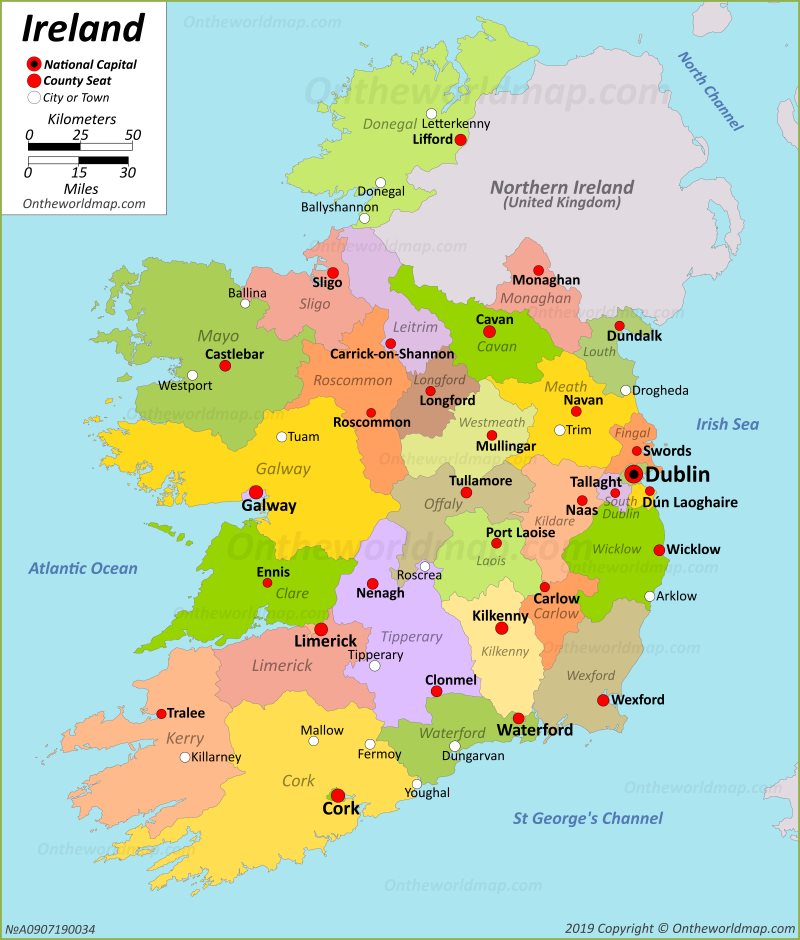Ireland
Salt: Hard to Shake. Dietary salt intake and related risk factors in the Irish population. (2010)
Perry IJ, Browne G, Loughrey M, Harrington J, Lutomski J, Fitzgerald AP
Extracts from the Executive Summary
Background. In 2003, the Scientific Advisory Committee on Nutrition in the United Kingdom (UK), [...] recommended that the average consumption of nine grams of salt per day in adults in the UK should be decreased to six grams per day. These recommendations were echoed in the Irish report published by the Food Safety Authority of Ireland (FSAI) in 2005 which highlighted that Irish people are consuming salt at levels well in excess of tolerable upper limits (UL). [...] The FSAI report recommended a similar target to that set in the UK: a fall in average salt intake from an estimated ten to six g/day by 2010. [...] In 2007 safefood commissioned this study to accurately assess dietary salt intake in the Irish population and its association with relevant lifestyle-related risk factors. [...]
Aims and Objectives. The overall aim of this study was to provide accurate and well validated estimates of dietary salt intake in the Irish population to support the ongoing evaluation of policy initiatives over the past decade designed to reduce it. The specific objectives were as follows: to estimate dietary salt intake in the Irish population based on (i) analyses of the existing SLÁN-07 nutritional dataset and linked random ('spot') urine samples from this national health and lifestyle survey (Phase I study), (ii) studies of additional samples of adults with estimates of salt intake based on 24-hour urinary sodium excretion (Phase II study)[...]. We report here only Phase II study, using 24h urine collections.
Methods. 24-hour urine collections were obtained from a total of 599 adults aged 18 to 81 years based on three sub- samples. These were as follows: (a) A general population sample drawn from participants on the SLÁN-07 survey who agreed to re-screening in 2008-09 (n=54) and participants of the 1998 Cork and Kerry Diabetes and Heart Disease Study (n=65) who were re-screened in 2007; (b) A group of student volunteers (n=169) from two large academic institutions in the Republic of Ireland, (3) An occupational group, sampled from an occupational setting (n=311) from a total staff of approximately 1600 workers. [...] In this study we collected and assayed 24-hour urinary samples from the 599 participants in the Phase II study. Para-aminobenzoic acid (PABA), a biologically inert substance which is rapidly excreted in urine, was administered to all participants on the day of urine collection to validate the completeness of the 24-hour collection sample. The PABA-validated estimates of salt intake are based on 488 subjects who had taken PABA and had a measured percentage dose excretion of >70 per cent.
Results. The Table on the right summarised the main results on average salt consumption. [...] It was also found that 86 per cent of Irish men (95 per cent CI 82 – 90 per cent) and 67 per cent of Irish women (95 per cent CI 60 – 74 per cent) consume more than six grams salt per day with only 1.3 per cent and 11.5 per cent consuming less than four grams per day.
Conclusion. Dietary salt intake in the Irish population remain high with the overwhelming majority of the population [..] consuming salt at levels well in excess of the current target of six grams per day.


Salt intake (g/day)* in Ireland (2009-9)
| Mean | SD | |
| Men (n=366) | 10.9 | 4.5 |
| Women (n=233) | 7.8 | 2.8 |
| All (n=599) | 9.4 | 3.7 |
*adjusted for urinary Na as 95% of total Na intake.
Method: 24h urine collection with PABA
Salt: Hard to Shake (Executive Summary, 2010)
Salt: Hard to Shake (Full Report, 2010)
